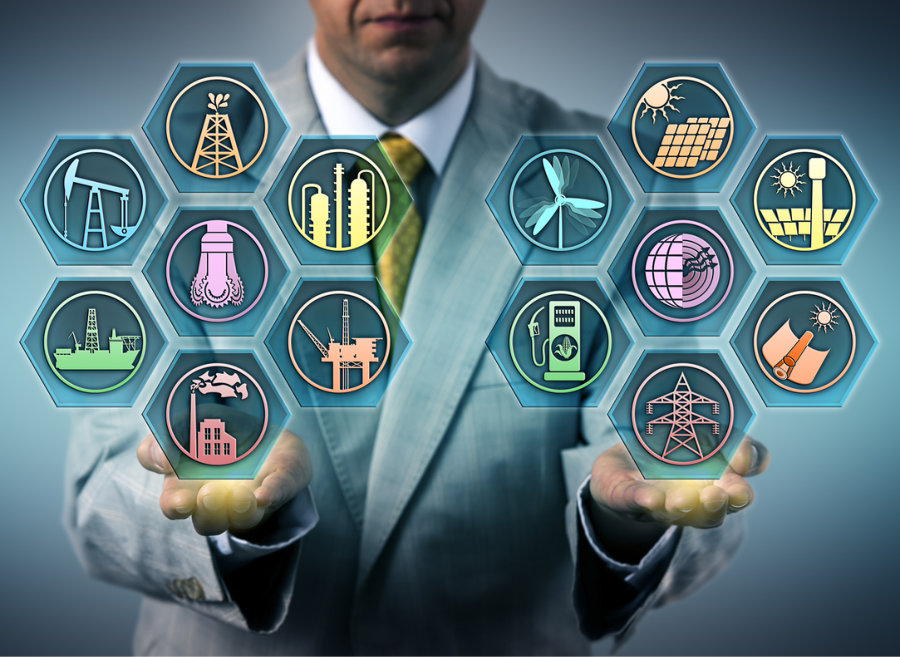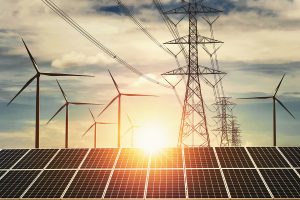
News in the energy transition for 2020
The energy transition means “moving from producing energy from fossil fuels to producing it through clean energy.” However, although it is a simple concept, it has many problems.
Regardless of the difficulties involved in the energy transition, this change in the way of producing and consuming energy is the key to trying to reduce CO2 emissions and mitigate the negative effects of climate change.
This involves a change in the consumption model at a global level, which must be done with the objective of gradually reducing energy consumption and this change in the energy model must cover all possible sectors: production, consumption, investments, institutional organizations, finance … etc.
For years, different governments have been promoting investments in clean energy, being aware that in the future it will be demanded. Although the European Union is one of the most advanced countries in this field, each one has different resources from others and this may explain the differences between countries and why some of them are leading the energy race.
1. Decarbonize the transport sector
Based on the data published by the International Energy Agency (IEA), the sectors that generate the most greenhouse gases are the transport sector (14%), the electricity sector (24%), agriculture (24%) and the industrial sector (21%), and the prediction is that they continue to increase. This is because the transport sector is very dependent on fossil fuels, so the change to cleaner energy is not easy. To this we must add the fact that the transport of passengers and goods does not stop growing, making the energy transition even more difficult.
2. Conditioning the electrical system for an increase in renewable sources
The electricity sector is the largest source of CO2 emissions because it accounts for 42% of the total, according to 2018 consumption data. This has a double reading: on the one hand, we must reduce our energy consumption, but it is also imperative that big corporations replace fossil fuels with renewable energy.
In this sector is where have been seen the greatest advances and in 2018 the generation of electricity through renewable energies increased by 7% thanks to wind and solar energy.

3. Increase the investment in Carbon Capture Technologies
Carbon Dioxide (CO2) is a greenhouse gas that it is found naturally in the atmosphere and whose emissions occur when fuel is burned (a method currently used to obtain energy). With the increase of industrial activities, CO2 emissions are increasing, generating terrible consequences for the environment.
A solution that emerged over the years was to “capture and store carbon dioxide”, with the aim of reducing CO2 emissions.
The process has 3 stages:
1. Capture the CO2 at its source and separate it from the other gases generated in industrial processes
2. Transport CO2 to its own storage place.
3. Store it out of the atmosphere for long periods of time in underground geological formations, in the depths of the ocean …
The capture and storage of CO2 is an option mainly applicable in countries whose industry is primarily responsible for CO2 emissions globally (China, United States, India, Russia and Japan). This system has proven to be effective by removing between 80% and 90% of the emissions generated in thermal power plants, however, some researchers differ from the economic viability of the system in the short term.
4. Accelerate the decarbonization of the industrial and construction sector
Statistics seem to confirm that in 2018 the emissions generated by the buildings increased, for the second consecutive year. This is due to the meteorological changes that have been taking place since the last few years: heavy frosts and hot summers have caused an increase in the consumption of heating and cooling systems (air conditioning).
Despite this, buildings have great potential reducing greenhouse gases and at a very low cost. But for this, it is essential, as always, the collaboration of the governments because they have the power to create clear and realistic commitments that help mitigate the effects of climate change in the medium term.





